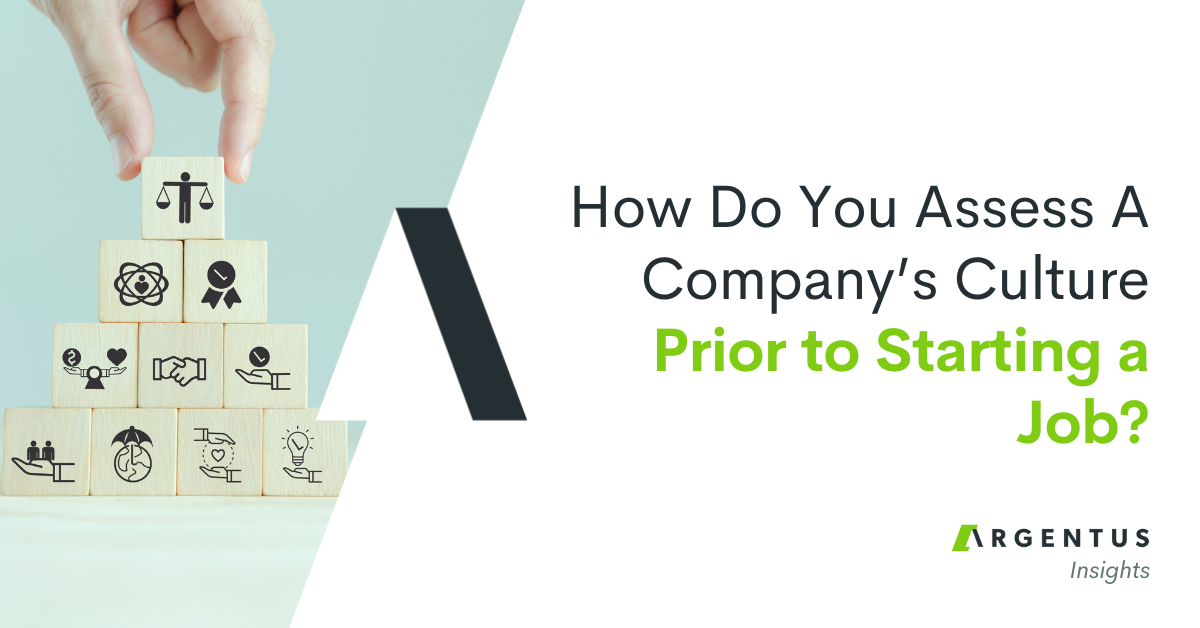With promising news about vaccine efficacy, the world is gearing up for a herculean task. Here’s why this is the Supply Chain profession’s time to shine.
A few weeks ago, American pharmaceutical company Moderna announced that its COVID-19 vaccine, currently in Phase 3 trials, is showing a 94.5% rate of effectiveness. That comes on the heels of the previous week’s news that Pfizer’s Phase 3 vaccine is showing a 90% rate of effectiveness. Considering that the FDA has stated that a vaccine needs 50% effectiveness or more to be considered for regulatory approval, these results are very encouraging news indeed. In addition, AstraZeneca released results showing an average 70% efficacy for its vaccine made in collaboration with Oxford University.
In total, there are – as of this writing – 12 vaccines globally in Stage 3 trials. Three things are becoming increasingly clear: the first, that multiple vaccines will be needed to deliver a safe and effective immunization program to everyone on earth. The second, that multiple effective vaccines are coming down the pike. Depending on various estimates for regulatory approval, these programs could begin in late 2020, with a full rollout proceeding into 2021 and beyond.
It’s excellent news.
The third thing that’s becoming increasingly clear is what we want to focus on today. It’s something that hits home for Argentus, as a specialty recruiter in Supply Chain Management, as well as to all the skilled Supply Chain professionals in our network:
Delivering a COVID-19 vaccine to every man, woman and child may be the biggest Logistics challenge in history.
For the entire course of this pandemic, we’ve been writing about how this has been the Supply Chain profession’s time to shine. From delivering PPE early on in the pandemic, to smoothing out deliveries of other vital goods, to dealing with a whole host of Supply Chain disruptions to keep the economy moving and industries – and families – supplied, Supply Chain professionals have moved tremendous mountains during this time.
Now, Supply Chain and Logistics professionals are expected to join governments and the scientific community, bringing their skills to bear to A) produce multiple vaccines at scale, B) ship them to every part of the globe, and C) work to move those vaccines to the right place, at the right time, so they can be administered to the public. This effort will draw on Supply Chain professionals from the Public Sector (perhaps including military), the Pharmaceutical industry, the 3rd party logistics industry, the medical supply industry, and a whole host of interlocking stakeholders and players. They will work within the tightest possible timeline, under complex regulation and oversight, with shifting plans of attack as the situation evolves.
It’s an unprecedented challenge. But if they pull it off, this could truly be the Logistics field’s finest hour.
This is a multifaceted, complex topic, but also a fascinating one. From our perspective, here are a few of the more interesting angles to this developing story:
Unparalleled Supply Chain complexity.
The effort to deliver a vaccine will require a whole slate of Supply Chain competencies for the various industries involved, including everything from complex manufacturing to produce vaccines, to transportation network design, to strategic sourcing, to complex inventory management, to managing 3PL relationships, and others. This complexity is compounded by the need to deliver a vaccine as fast as possible, with lives – as well as the normal functioning of the global economy and human lifestyles – on the line.
It’s essentially a new product launch – an area where Supply Chain professionals add considerable value – but on a whole other scale. As Supply Chain Management Review’s writeup of the challenge describes, it’s much more complex than just the amount of vaccine that needs to be produced. A vast array of medical supplies including syringes, needles, glass vials are also needed at scale.
And then it needs to be delivered.
Tackling this complexity will involve experts from outside the pharmaceutical industry as well. As SCMR writes, governments, health professionals and other stakeholders should look to other high-speed supply chains from tech companies, fast fashion companies and even supermarkets for advice and competencies about how to accomplish this at scale, and at speed.
In fact, a lot of this complex work is already underway: AstraZeneca and other vaccine companies started their production months ago, using massive investment from governments, in some cases, to minimize financial risk if the vaccines didn’t work.
As CTV news reports, manufacturers of ancillary equipment and other major supply chain players are ramping up for the vaccine rollout. They quoted Purolator’s CEO John Ferguson, who said that Canada’s Supply Chain industry is well-accustomed to shipping to far-flung, isolated places at scale – and that Canada has the necessary infrastructure overall.
Canada’s Procurement Minister Anita Anand indicated a few weeks ago that more than 70 companies have reached out to the government about offering various logistics services to transport vaccines across Canada.
Cold Chain Rises to the Fore.
As has been widely reported, Pfizer’s vaccine in particular requires cold storage below -94 degrees Fahrenheit. This represents a major logistical hurdle, especially for rural areas, as there are limited deep freeze storage options outside major urban centres. Other promising vaccines with less stringent storage requirements still need to be refrigerated during transportation, as well as in storage and at the point of administration. This requires a certain expertise in transporting goods that are refrigerated all along the Supply Chain, otherwise known as Cold Chain.
Cold Chain expertise has long been considered a niche, yet vital skillset within certain industries (Food and Pharmaceutical being major examples). Now, it’s emerging as one of the most important Supply Chain competencies for the vaccine effort.
As part of their profile of the vaccine distribution ramp-up, CTV outlined how manufacturers, like Guelph’s Danby, are ramping up their production of freezers and other cold storage solutions, including -80 degree freezers that will accommodate Pfizer’s vaccine. Beyond that, governments and healthcare providers need logistics companies and other providers with deep experience distributing refrigerated products. This represents a huge opportunity for this skillset within the Supply Chain talent workforce.
As we mentioned, this is obviously a complex topic with many angles, especially for talent issues. These are just a few initial thoughts.
So what interests you about COVID-19 vaccine distribution, as a Supply Chain professional? Are there any big issues, or notable Supply Chain innovations that can help get this vaccine to market faster once approved? Let us know in the comments! And stay tuned for more coverage of this emerging vital Supply Chain challenge.




0 Comments